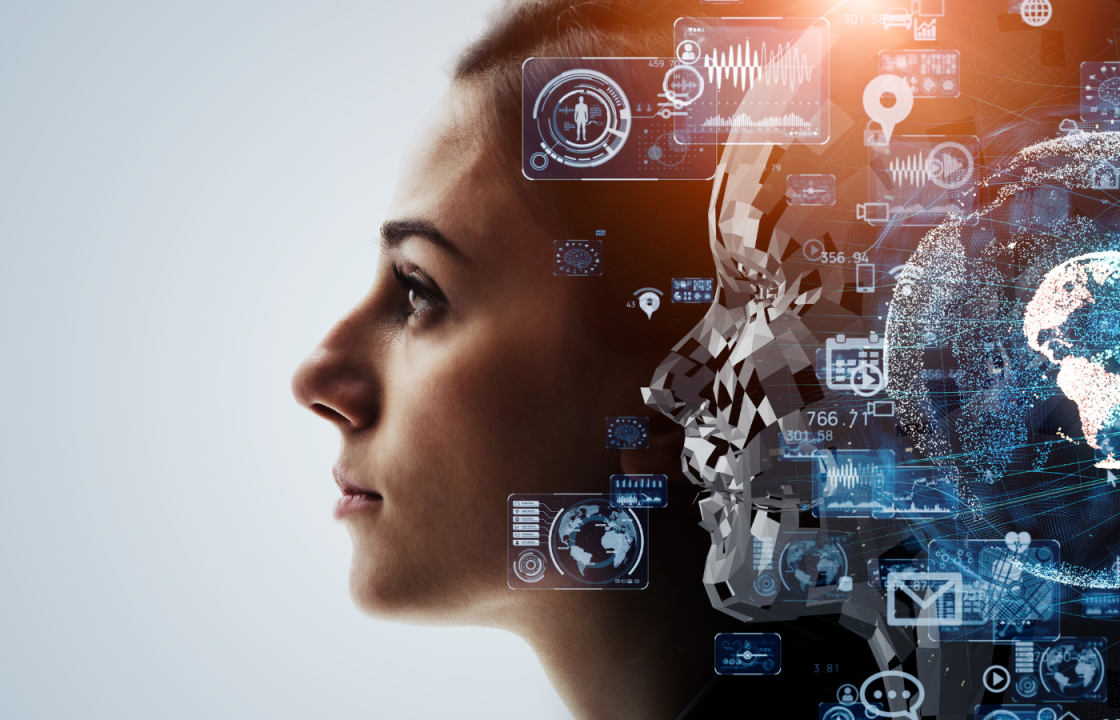What is Generative AI? Everything You Need to Know
Generative AI is revolutionizing how we create content, from text and images to audio and even synthetic data. Unlike traditional AI, which relies on existing data, generative AI can produce new, original content. It’s not just a technological trend; it’s a fundamental shift in how we interact with digital media. But what exactly is generative AI, and why is it so important? Let’s explore its history, workings, and future potential.
The Roots of Generative AI: How It All Began
Generative AI isn’t as new as it might seem. The concept dates back to the 1960s with the creation of the first chatbots. However, the real game-changer came in 2014 with the introduction of Generative Adversarial Networks (GANs). GANs are machine learning algorithms that can create highly realistic images, videos, and even audio. This breakthrough blurred the lines between reality and AI-generated content, paving the way for today’s advanced generative models.
GANs: The Beginning of a New Era in AI
GANs, or Generative Adversarial Networks, marked a significant milestone in AI development. They consist of two neural networks—a generator and a discriminator—that work together to produce content that’s almost indistinguishable from what a human might create. While GANs opened up new possibilities, they also sparked concerns about the potential misuse of AI, particularly in the creation of deepfakes.
The Rise of Transformers and Large Language Models (LLMs)
Transformers, introduced in 2017, revolutionized how AI processes language. Unlike previous models, transformers don’t require labeled data, allowing them to analyze vast amounts of information more efficiently. This innovation led to the development of large language models (LLMs) like GPT-3 and GPT-4, which can write essays, create images, and even generate code. These models, containing billions of parameters, have pushed the boundaries of what AI can achieve.
How Does Generative AI Work? A Closer Look
At its core, generative AI uses algorithms to create new content. For text, it employs natural language processing (NLP) techniques to transform raw characters into coherent sentences and paragraphs. For images, AI processes pixels into visual elements, creating highly detailed and realistic images. Neural networks, such as GANs and Variational Autoencoders (VAEs), play a crucial role in this process, encoding and decoding data to generate new content.
The Impact of Generative AI on Creative Industries
Generative AI is a game-changer for creative industries. Artists, writers, and designers can now use AI to generate ideas, speed up the creative process, and produce content that would be impossible to create manually. For instance, tools like DALL-E can generate concept art from simple text prompts, while AI-driven writing assistants can help authors draft outlines for novels. However, this technological advancement also raises ethical questions about the ownership and originality of AI-generated content.
Real-World Applications: Where Generative AI Shines
Generative AI isn’t limited to the creative arts; it has practical applications across various industries:
- Movie Dubbing and Localization: AI can create realistic dubbing for films, preserving the nuances of the original performance in different languages.
- Educational Content: AI generates interactive educational materials tailored to individual learning styles, making education more accessible.
- Synthetic Data: AI creates synthetic datasets for training other models, especially in situations where real-world data is scarce.
- Human-Like Interactions: AI chatbots mimic human conversations, finding applications in customer service, therapy, and companionship.
- Drug Discovery: AI suggests new drug compounds, potentially accelerating the development of life-saving medications.
- Product Design: AI assists in designing consumer products and engineering systems, optimizing for factors like cost and user experience.
- Automated Content Creation: Businesses use AI to automate marketing materials and product descriptions, saving time and ensuring consistency.
The Dark Side: Risks and Ethical Concerns
Despite its potential, generative AI comes with risks and ethical challenges. Deepfakes are a significant concern, as AI-generated videos and images can be used to spread misinformation or impersonate individuals. The accuracy of AI-generated content is another issue, as models can produce misleading or incorrect information if trained on biased or incomplete data. Additionally, generative AI could disrupt industries like advertising and media, requiring businesses to rethink traditional models.
Popular Generative AI Tools: What You Need to Know
As interest in generative AI grows, so does the number of tools available:
- DALL-E: Generates images from textual descriptions, from photorealistic landscapes to abstract art.
- ChatGPT: An AI chatbot that generates text based on user prompts, used in customer service and creative writing.
- Gemini: Google’s chatbot, built on the LaMDA family of LLMs, competing with ChatGPT in the generative AI space.
- Stable Diffusion: An open-source AI tool for generating high-quality visuals.
- MidJourney: Specializes in art and design generation, popular among creative professionals.
- AI-Writer and Jasper: Focus on automating the creation of articles and other written content.
- MuseNet: An AI tool for generating music in various styles.
- GitHub Copilot: Assists developers by suggesting code snippets and solutions as they write.
The Future of Generative AI: What Lies Ahead
Generative AI is still in its early stages, and its potential is far from fully realized. Future developments could see AI integrated into everyday tools, like word processors that suggest entire paragraphs or design software that generates custom graphics. However, as AI takes on more creative tasks, the role of humans will shift from content creation to content curation. Additionally, ethical and legal questions about AI-generated content ownership and responsibility will need to be addressed.
Conclusion: The Double-Edged Sword of Generative AI
Generative AI is a powerful tool that has the potential to revolutionize multiple industries. However, it also poses significant ethical and practical challenges. As we continue to explore the possibilities of this technology, it’s crucial to balance its benefits with the potential risks. Generative AI will undoubtedly shape the future, but how we choose to harness its capabilities will determine its impact on society.








